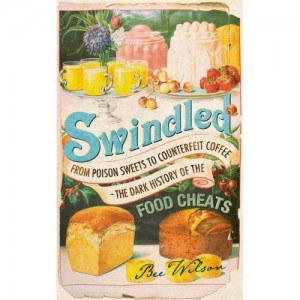 A fascinating insight into food adulteration past and present is provided in a new book by food writer and historian Bee Wilson.
A fascinating insight into food adulteration past and present is provided in a new book by food writer and historian Bee Wilson.
The book begins with the story of a German scientist Frederick Accum who, in 1820, published his book (both in Britain and the United states), A Treatise on Adulterations of Food and Culinary Poisons. In the book, he describes children’s custards poisoned with laurel leaves, tea falsified with sloe leaves, lozenges made from pipe clay, pepper mixed with floor sweepings, pickles coloured green with copper, and sweets dyed red with lead.
Subsequent chapters go on to highlight numerous other stories of food adulteration, from the leaded wine of ancient Rome to the more recent scandals such as the fake-formula milk fed to Chinese babies in 2004, which lead to at least thirteen deaths in central China and many hundreds of babies becoming seriously ill.
The primary motive of food adulteration, asserts Wilson, is greed. Her antidote: along with promoting the importance of robust food safety legislation, she suggests that if you don’t want to be swindled, you may wish to buy food fresh, buy food in whole form, buy food from someone you can trust, cook food yourself, and familiarise yourself with ingredients that go into proper food.
Above all, trust your own senses!
Reference: Wilson B (2008). Swindled: the dark history of food fraud, from poisoned candy to counterfeit coffee. London: John Murray Publishers.